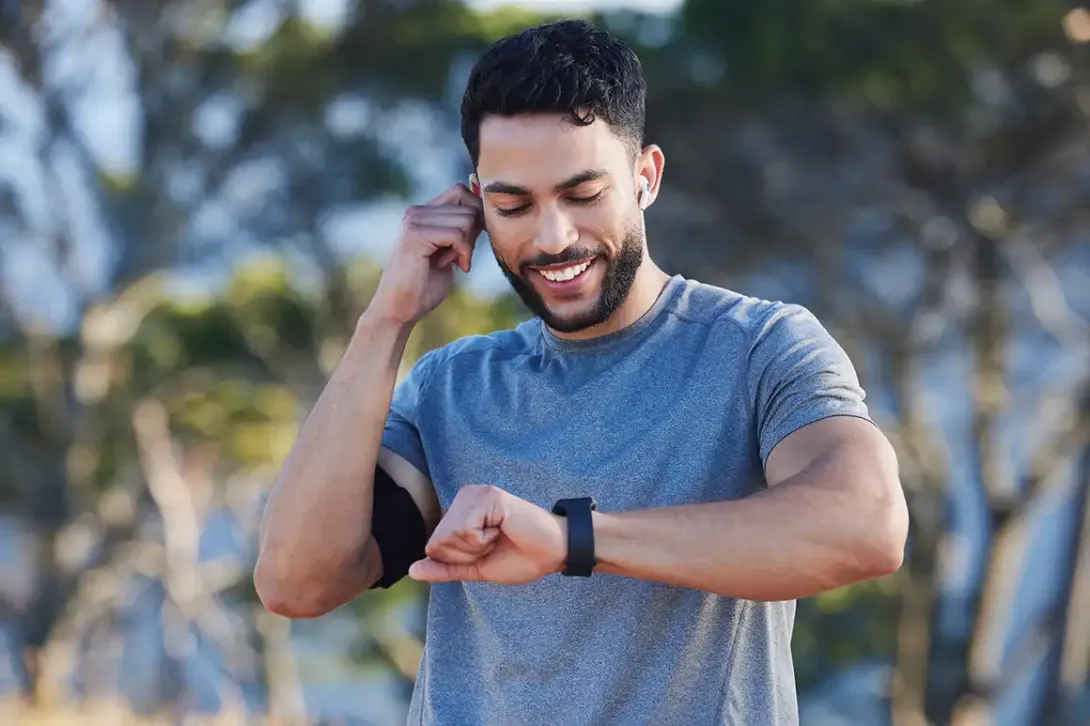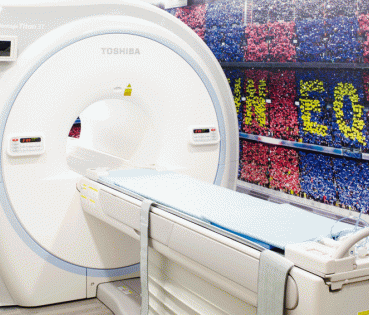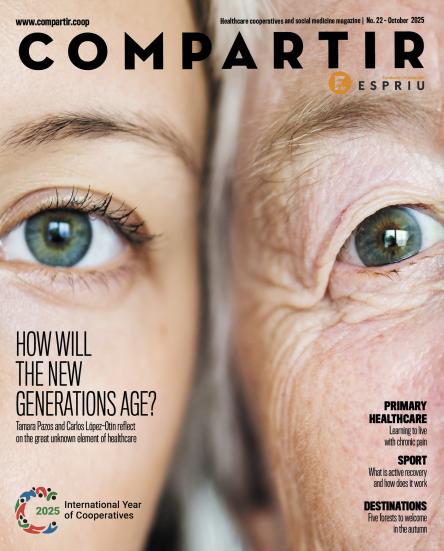
Wearable technology: a useful ally?
Devices such as smart watches or activity bracelets have changed the way we look after our health, allowing us to compile body parameters in real time.
In recent years wearable technology has managed to become almost unnoticeably integrated into our daily lives. Thanks to their discreet, convenient design, these electronic devices, present in accessories and clothing, allow their prolonged use without causing any inconvenience or drawing any attention. What to begin with looked like a passing fashion has managed to become consolidated as a market that is constantly growing, with proposals that range from smart bracelets, earphones, glasses or watches, to clothing and running shoes, and even technological rings, a gadget that is virtually undetected and that is now reaching the general public.
In some areas, wearables have become an essential tool, as can be seen in the case of the healthcare sector. And the fact is that beyond presenting basic functions such as the receiving calls or geolocalisation, these devices have revolutionised the way in which we look after our health thanks to the continuous, personalised monitoring of our vital signs. Their use promotes a more proactive approach to well-being and they make patient monitoring easier; they also improve prevention and early detection of possible pathologies.
These devices, fitted with sensors such as pulse monitors, accelerometers, gyroscopes and thermometers, allow monitoring in real time of body parameters such as the heart rate, physical activity and body temperature. As the technology advances, the capacities of the wearables continue to extend and it is predicted that in the near future these devices will be able to measure blood sugar levels, a milestone that would revolutionise diabetes control.
Currently, wearables have many functionalities, with the data being stored in the cloud for remote access. Amongst these the following stand out:
- Register of physical activity
- Heart rate monitoring
- Sleep monitoring
- Measurement of oxygen in blood
- Measurement of body temperature
- Stress control
- Measurement of blood pressure
- Calorie control
In the not too distant future, it is predicted that these sensors will also be able to be integrated into contact lenses, false teeth and even epidermal tattoos, opening up a world of new possibilities.
Who are the wearables designed for?
Wearables empower the user, giving them a more active, responsible role in the care of their own health. These are some of the groups who could benefit most from this technology:
Patients with chronic illnesses
As they are in a particularly vulnerable situation, immune-compromised patients need their state of health to be constantly monitored. Wearable devices can alert about changes in their vital signs, encouraging a rapid response when faced with any alteration, such as the appearance of high temperature or tachycardia.
This is also the case with patients with cardiovascular problems, as the evolution of these devices has allowed blood pressure and oxygen in blood to be measured constantly and even allowing arrhythmias to be detected. These functionalities allow a more accurate monitoring of the state of the heart to be carried out and ensuring acting in time in the case of a risk.
People who are seeking to improve their lifestyle.
Wearables help to establish healthy habits using the control of physical activity. Thanks to their capacity to register the energy consumption and the exercise patterns, they are a key tool for those who wish to improve their quality of life. Furthermore, the advanced sensors incorporated into the wearables allow the quality and the amount of sleep to be measured, which makes the diagnosis of disorders such as apnoea or insomnia easier. They also offer useful information for developing personalised treatments.
High performance athletes
Wearables provide precise metrics about the physical performance, such as the distance covered, the speed reached or the heart rate. Thanks to the analysis of this data, trainers can evaluate the progress and design personalised training sessions.
A supplement to medical care
In spite of the advantages that wearables offer in health management, it is essential to recall that these devices do not replace periodic medical check-ups or the criteria of a professional. The data that they collect must be interpreted in the clinical context and always under the supervision of a specialist, who will be able to make a precise diagnosis and recommend the most suitable treatment.
In short, the wearable technology is redefining healthcare and well-being, offering people tools to carry out a more exhaustive control of their physical condition. However, their use must be understood as a supplement to traditional medical care, in this way guaranteeing comprehensive, effective monitoring.



